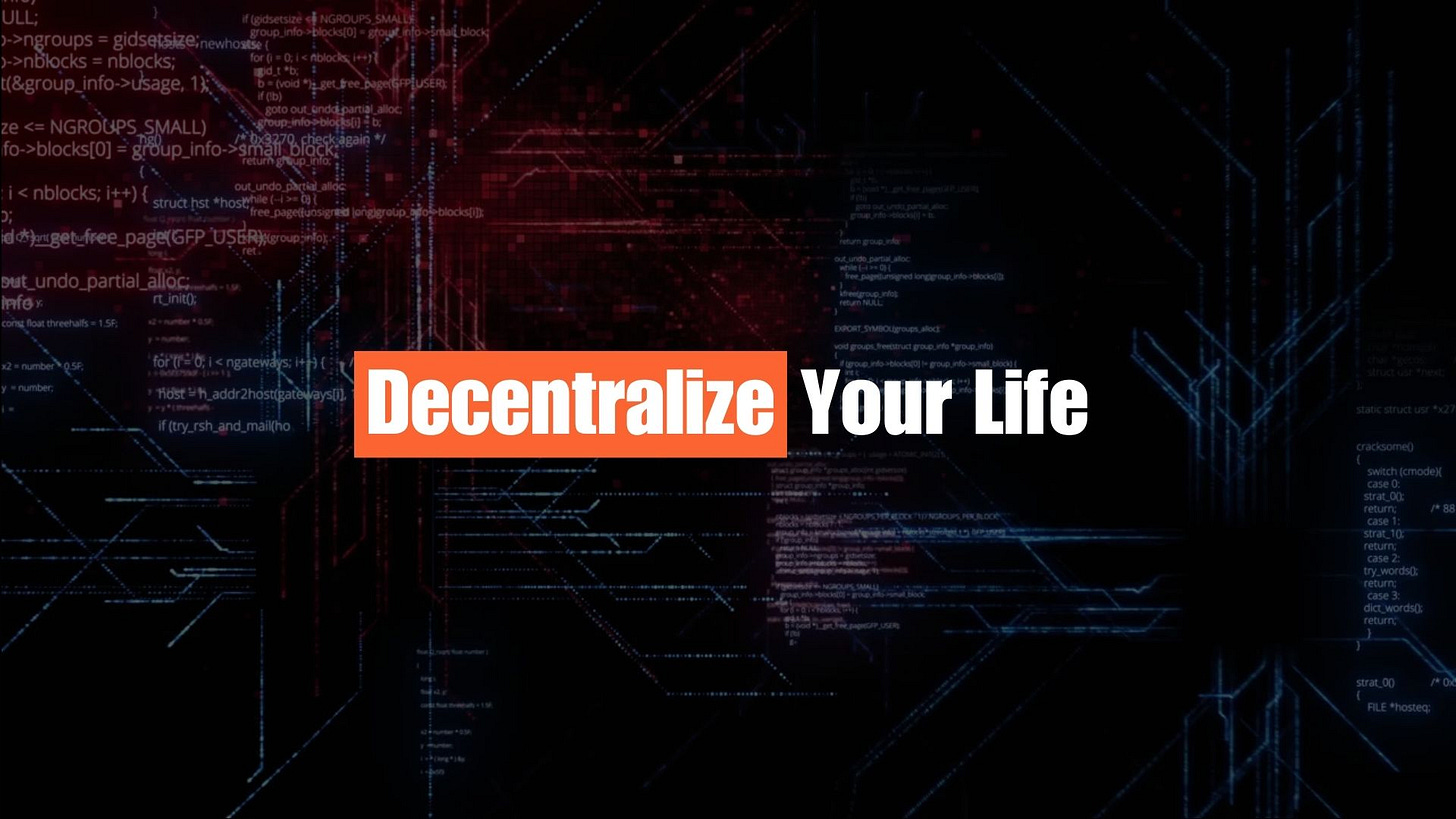Imagine a world where your identity could be stolen, faked, or sold in seconds—all thanks to AI. 😨
This isn’t science fiction. It’s happening right now.
Let me take you inside an underground site where neural networks churn out fake IDs at terrifying speed.👇
KYC (Know Your Customer) checks are the backbone of modern banking and online services.
They verify your identity using your passport, driver’s license, or government ID.
But what happens when criminals use AI to break the system?
Let’s dive in.
Enter the dark web marketplace powered by generative AI.
With just a few clicks, these neural networks can create fake IDs so realistic that they fool even the most advanced fraud detection systems.
The implications? Chilling.
404 Media recently uncovered one of these sites.
Using cutting-edge machine learning, the site generated IDs that weren’t just “good fakes”—they were indistinguishable from real documents.
Banks. Tech giants. Government systems. All vulnerable.
How does it work?
➡️ Upload a target's photo.
➡️ Select the type of ID you want.
➡️ Click “generate.”
Within seconds, a neural network spits out an ID perfectly forged. The precision is staggering.
Think it’s a niche problem?
Think again.
This tech fuels global crimes:
Bank fraud: Open accounts under fake names.
Money laundering: Disguise illicit funds.
Cybercrime: Evade digital security protocols.
And it’s spreading fast.
Here's the terrifying part:
These AI-powered IDs are so realistic they bypass KYC systems almost entirely.
What took master forgers hours now takes AI seconds. And anyone with basic tech skills can use these tools.
But why does this story matter to you?
Because this isn’t just about criminals exploiting the system. It’s about trust.
If we can’t rely on KYC, how do we trust any online or financial transaction?
Naturally, not everyone is sitting back. Banks and tech firms are scrambling to counter these threats with their own AI-based defenses.
But it’s an arms race. And criminals often stay one step ahead.
The site 404 Media exposed is a cautionary tale. After their reporting, the marketplace went offline.
But let’s be real: shutting down one site won’t stop this growing wave of AI-driven fraud.
Initial resistance to sounding the alarm was widespread. Many dismissed these threats as overblown. “AI can’t replace human oversight,” they said.
But this tech isn’t waiting for skepticism. It’s already disrupting entire industries.
The breakthrough here is also the problem: AI makes identity forgery scalable.
What was once niche is now accessible to anyone with an internet connection.
And regulators? They’re playing catch-up.
But here’s the bigger strategy criminals are exploiting: While banks and governments focus on spotting old-school forgeries, AI-generated fakes operate in a gray zone—too new, too sophisticated, too fast.
We need to change that.
Imagine what this means for you:
Your ID could be replicated.
Your bank account could be drained.
Your personal information could be weaponized in ways we haven’t yet imagined.
What’s the solution?
It’s not just better AI defenses. It’s also about building smarter regulations, educating the public, and questioning how much we rely on outdated verification methods.
The stakes? Global financial security.
So, what’s next?
AI isn’t going away. Neither are the criminals exploiting it.
The question is: will the systems meant to protect us adapt fast enough?
Or will this be the beginning of total trust erosion in digital systems?
This story isn’t just about KYC.
It’s about the growing tension between innovation and exploitation.
Will AI be our greatest ally—or our most dangerous weapon?
What do you think about AI’s role in identity fraud? Is the solution more regulation, better tech, or something else entirely?
Reply below—I’d love to hear your thoughts. 👇
Thanks for reading! Love what you read? Subscribe and never miss an update!






I sure hope so! If a tiny bug can beat a genetically modified seed, surely human intelligence can mitigate the rogue element of AI:))